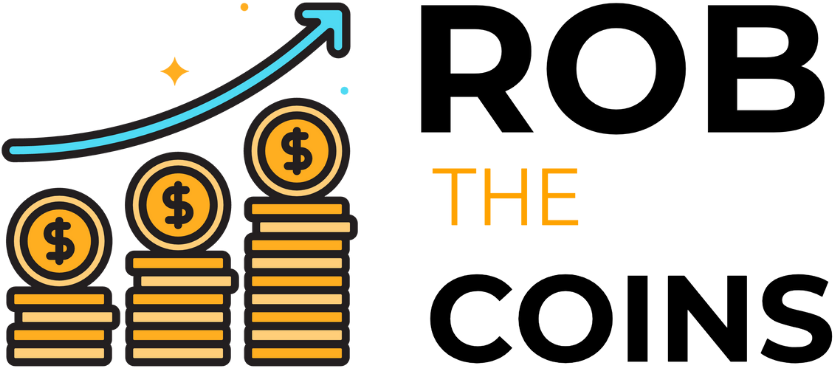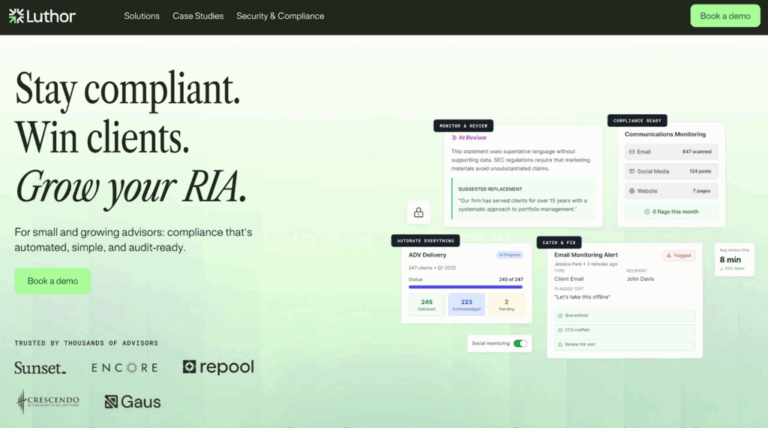Have you ever asked yourself how to make handling your finances easier when multiple payments start to feel heavy?
Many Canadians think about ways to bring their financial life into balance while keeping things stress-free. Two common options that often come up are debt consolidation and debt relief.
Both methods have their own strengths, and understanding how they work can help you decide which one fits your situation.
The good part is that both are positive approaches designed to bring clarity and stability to your finances.
Understanding Debt Consolidation
Debt consolidation is all about bringing several payments together into one single payment. Instead of paying different lenders every month, you combine your obligations into one structured plan. This makes managing money smoother because you no longer deal with scattered due dates.
In Canada, many people use debt consolidation when they want to organize their finances into a simple plan. It works by creating one clear monthly payment that you can easily add to your budget. This method not only makes things easier but also gives peace of mind since you know exactly what you owe and when.
Benefits of Debt Consolidation
- One simple monthly payment instead of many smaller ones
- Clear budgeting that helps you plan ahead
- Peace of mind knowing your finances are organized
- Easier to track progress toward becoming financially stable
Debt consolidation works well for those who prefer structure and like to see everything in one place. It creates clarity and allows families or individuals to move forward with confidence.
Understanding Debt Relief
Debt relief is another positive approach that helps reduce financial pressure. Instead of combining payments, debt relief focuses on creating a plan that lightens your overall obligations. It is designed to make your finances feel more balanced by reducing the total load and giving you more breathing space.
In Canada, debt relief programs are often tailored to fit your personal needs. The focus is on creating a path that feels realistic and achievable for you. This method is helpful if you want to not only manage your current payments but also create a long-term plan that gives you space to grow financially.
Benefits of Debt Relief
- A plan that lightens your overall financial load
- Support for creating balance and long-term stability
- Helps you focus on future goals instead of only current payments
- Builds financial confidence with a structured approach
Debt relief is a choice for people who want to create space in their budget and focus on long-term financial health. It is flexible and tailored to fit individual needs.
Debt Consolidation vs Debt Relief: Key Differences
Both debt consolidation and debt relief are positive steps, but they work in different ways. Consolidation organizes multiple payments into one, while relief focuses on reducing the overall burden. Neither option is better or worse; the right choice depends on what feels right for your situation.
Debt consolidation is usually best when you want structure and simplicity. It helps you keep everything in one place and makes it easier to plan each month. Debt relief, on the other hand, works well when you want more breathing space and a tailored approach that lightens your load while still keeping you on track.
Comparison Points
- Debt consolidation: Combines all payments into one clear monthly payment
- Debt relief: Creates a plan that reduces your financial load and gives space to plan for the future
- Consolidation: Focuses on organization and simplicity
- Relief: Focuses on balance and long-term planning
Understanding these differences makes it easier to see which method feels right for your financial goals.
When to Consider Debt Consolidation
Debt consolidation works well for people who want to simplify their financial lives. If you find it tiring to track many due dates, consolidation can create peace of mind by giving you one clear payment. It is also a good option if you prefer structure and like to see everything organized neatly.
Signs Debt Consolidation May Be Right for You
- You want one single monthly payment
- You prefer structure in your budget
- You want to reduce confusion with multiple payments
- You like tracking your progress with one clear plan
These signs show when consolidation can be a practical and effective choice.
When to Consider Debt Relief
Debt relief is often chosen by people who want more space in their financial plan. If you feel that your obligations are too high to manage comfortably, debt relief creates a path to lighten the load. It is also useful if you want a personalized plan that fits your specific needs.
Signs Debt Relief May Be Right for You
- You want to reduce your overall financial load
- You prefer a tailored approach that fits your lifestyle
- You want breathing space while still planning for the future
- You want to build financial stability with long-term goals
These signs show that debt relief may be the option that makes your finances easier to handle.
How Both Options Support Financial Health
The best part of both debt consolidation and debt relief is that they are designed to help. No matter which path you choose, you are moving toward a more balanced financial life. Both approaches bring clarity, reduce stress, and support your ability to focus on what matters most in your daily life.
Debt consolidation builds structure, while debt relief creates balance. Together, they show that Canadians have positive and practical options to keep their financial life strong.
Shared Benefits
- Both methods reduce financial stress
- Both make money management easier
- Both create confidence for the future
- Both support long-term financial stability
These shared benefits highlight why either option can be a smart step.
Choosing the Right Path for Your Finances
The decision between consolidation and relief comes down to your personal goals and comfort. Some people value structure more, while others value flexibility.
The good news is that you do not have to rush the choice. You can take time to look at your needs and pick the option that feels right for your lifestyle.
Factors to Think About
- Do you prefer structure or flexibility?
- Do you want one clear payment or reduced obligations?
- Do you like tracking progress month by month, or do you want space for future planning?
- What makes you feel most confident and balanced?
Asking these questions helps you choose the right option without stress.
Long-Term Benefits of Choosing the Right Path
No matter which option you choose, the long-term benefits are positive. Consolidation makes saving and planning easier by giving you one clear payment, while relief builds long-term balance by reducing your load. Both allow you to focus on life goals such as family, education, or home planning without financial confusion.
Long-Term Impact
- Confidence in handling your finances
- Space to plan for personal and family goals
- A steady path toward financial growth
- Peace of mind knowing your plan works for you
These long-term benefits show that choosing between consolidation and relief is not about pressure but about creating a better future.
Conclusion
Debt consolidation and debt relief are two helpful paths that Canadians can use to bring stability and clarity to their finances. Consolidation works by combining many payments into one, while relief creates a plan to lighten the overall load. Both options are positive, and the choice depends on what feels right for you. If you value structure, debt consolidation can give you peace of mind with one payment. If you want more flexibility and breathing space, debt relief can create balance and long-term stability. In both cases, you are taking a smart step toward a future that feels clear, organized, and full of possibilities.





